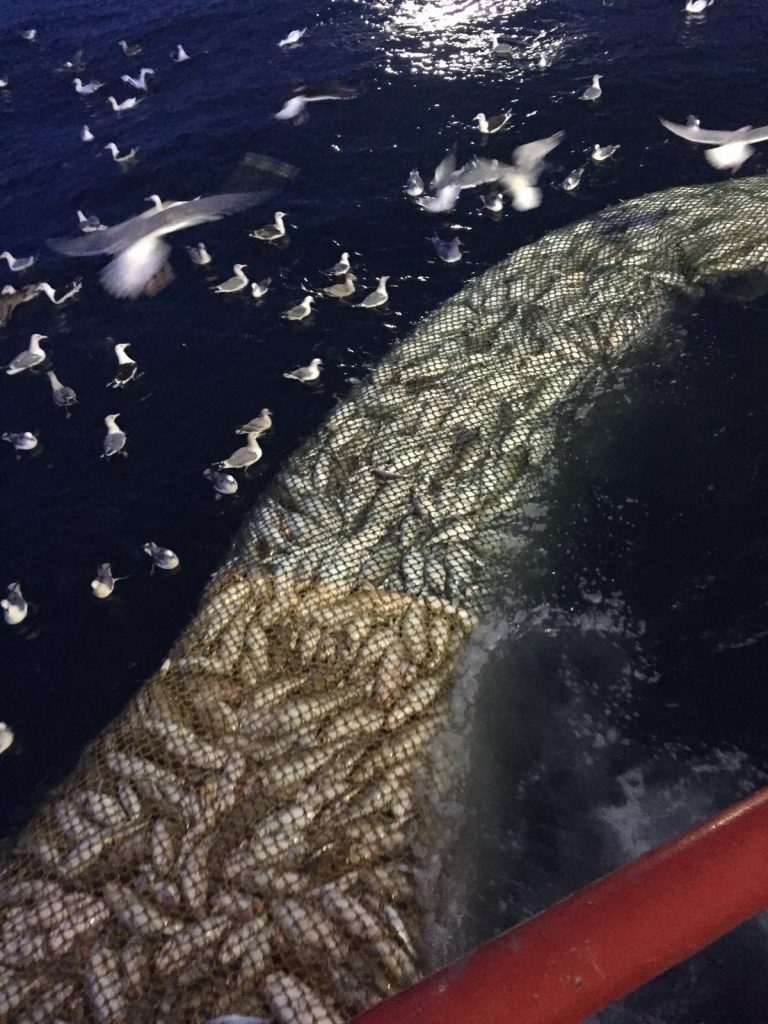The North Sea and North West Waters advisory councils have both published their advice on the next phase of the landings obligation. Both have pinpointed chokes as the major problem ahead in mixed fisheries.
The ACs were requested by the North Sea and North West Waters regional member states to provide advice on the next phase of the landing obligation by the end of February. This timing would allow new Joint Recommendations to go to the Commission by the end of May for evaluation and adoption as law by the end of the year. The new requirements, adding further species and classes of vessel covered by the landing obligation, will come into force from 1st January 2016.
Both ACs welcome the phased approach that has avoided the chaos of a Big Bang at the start of this year but both also highlight that to date there is no obvious solution to the problem of chokes – when exhaustion of the quota for one species in a mixed fishery prevents a vessel, or PO or member state from catching their main economic species.
The ACs point out that there can be many reasons why a choke will arise in a particular fishery. Physical or economic limits to selectivity/avoidance, quota distributed to the wrong place, zero TACs or a disjunction between a TAC and the abundance of that species on the fishing ground could all intervene to halt a fishery.
They both also point to the mitigation measures that are available within the landings obligation to reduce the potential for chokes. The $64,000 question is whether these measures will be sufficient. The fishing industry members of the ACs, whose members face chaos if not economic ruin if choked, want to explore alternatives; whilst the NGOs, who were a major force behind the inclusion of the discard ban in the CFP reform, are reluctant. The fishing industry organisations are adamant that member states must start thinking now about options such as grouping of bycatch quotas; or whether having TACs for some bycatch species could safely be removed.
The mitigation measures include how TACs are set; whether quota uplifts are sufficient and directed to the right place; what high survival and de minimis exemptions are in place; how effective international swaps and transfers will be; how far vessels can go in reducing their unwanted catch; and how far the use of inter-annual and inter-species quota flexibilities will be able to contribute.
Different configurations of measures will be required for different fisheries but so far, it is very unclear how to avoid major chokes in mixed fisheries. Two major meetings, one in Denmark and one in Scotland, will be held in the next few months to address different aspects of the choke problem.
Apart from the question of what happens in the event that the measures available under the LO are not adequate to prevent chokes, the advice put forward by the ACs contains a remarkable degree of consensus. This is testimony of a lot of hard work behind the scenes in finding forms of words that NGOs and fishermen’s representative can agree on.

